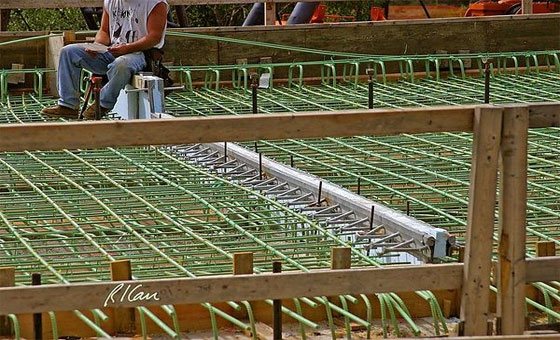The properties & characteristics of Structural joints in building construction

A good sealant should contain the following characteristics :-
- Safeguard
- Longevity
- Less dilation
- Good adhesion
- Chemical hibernation
- Sound absorption - Impenetrable
- Belong to softer grade and flexible
- Good wetting performance
- Capability to consume thermal stresses
Given below some exclusive features of good joint fillers.
- Produce an powerful water seal.
- Consume the impact and shock of heavy loads and steel wheeled traffic, resist decay concerning control joint edges.
- If the joint stretches or scants with regards to ecological or other conditions, the fillers also extends and contracts and at the same time sustains a strong seal across the sides of the joint.
- It must be persistent and cost inexpensive.
- It is bendable to each direction, as the joint crooks because of structural conditions, loading, or ecological conditions, and at the same time sustain a strong seal against the sides of the joint;
- Its look should be elegant and it can be set up easily by moderately inefficient labor;
- It should contain endurable longevity, wear protected, long-lasting and pilable; it must not stiffen or turns to be fragile in future course of time.
- It can comply with various surface materials like concrete, steel, or aluminum and don't require any expansive or costly surface preparations.
- It must be easily accommodated into joints of a large variety of widths.
- It should contain less density, high recovery rate, by way of independent air bubble structure.
- Reduced surface water absorption rate having strong counteraction for leakage.
- Ability to prevent decay causing by acid, alkali, salt and oil between other organic solvents and provide sound protection against aging.
- No flowing against increased temperature and no cracking aginst low temperature.
- Suppleness for joint movement and safeguards slabs edges against chipping Cures on damp or wet surfaces.
- Infiltrates and fills without running.
- Sound flexibility to consume hard heavy wheeled traffic.
- Lessen stress cracking and telegraphing.
- Get connected firmly to the sides of the concrete joint and obstructs contaminant penetration and thus provides high wear protection and longevity.
- It should be eco-friendly.
- It should contain standardized reliability devoid of any quantifiable shrinkage.
- It should contain sufficient tensile strength. As tensile strength affects the competence of this material to hold jointly when expand. Percentage tensile elongation is the length the material can be extended prior to failure.
- It should provide enough support to joint shoulders obtaining the force of hard wheel traffic containing heavy loads.
- Transmits tight bond to faces of joint.
 Image Courtesy: gettyimages.lu
|